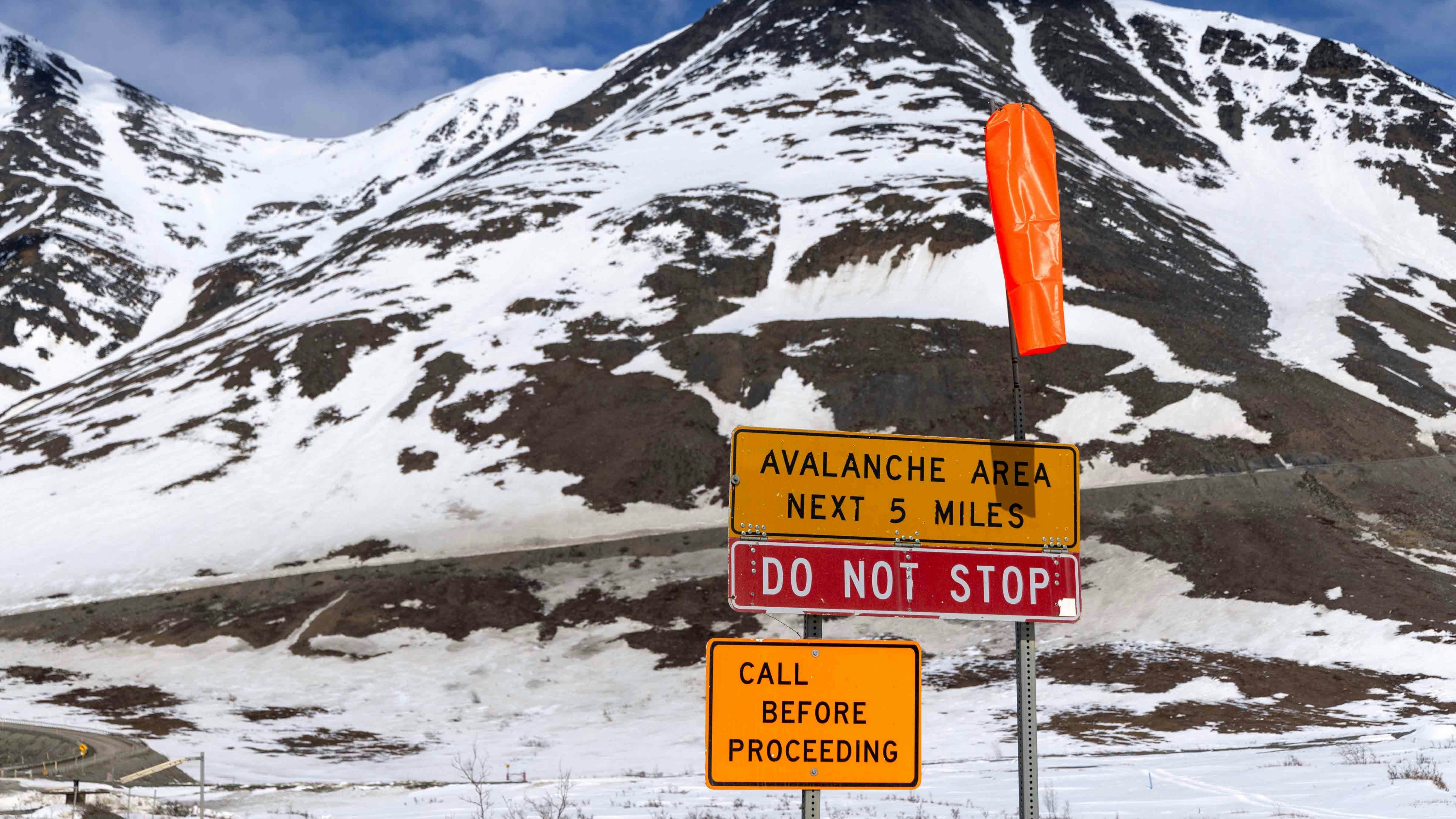Hunters take heed: Bears with huge appetites are roaming the Greater Yellowstone Ecosystem eating everything and anything they can get. It’s more than just the bears being gluttons, because not bulking up enough this time of year can mean life or death for the bruins.
Between July and November, grizzly and black bears throughout Wyoming are eating 20,000 calories a day in full-on pig-out mode. There’s a name for it — hyperphagia, which describes the period of intense eating as they prepare for winter hibernation.
To give them sufficient fat reserves to survive many months in their winter dens, the omnivores can consume huge quantities of food all day, every day.
“They can actually consume more than that, depending on the food source,” said retired federal ecologist Chuck Neal of Cody. “They can put on 200 to 300 pounds from July to November. It’s their biology. It’s what they evolved to do in preparation for the winter sleep.”
Hyperphagia is a crucial element of bear survival in Wyoming, and it comes with a heightened risk for people visiting their habitat. Nobody wants to run into a hangry grizzly in the fall, as evidenced by the grizzly attack in the Pinedale area on Thursday.
The Menu
When the summer days start getting shorter in July, hyperphagia kicks in. Bears can spend up to 22 hours a day roaming and foraging for food, eating anything and everything they can find.
“Bears are adaptable omnivores, so they can eat pretty much anything,” Neal said. “A grizzly in Yellowstone can eat up to 40,000 cutworm moths a day. It's not a question of what, but how much they get their jaws around.”
Yellowstone bears have been forced to adapt in recent years. One of their primary fall food sources, whitebark pine nuts, has been in short supply lately.
“The whitebark pine has been decimated, primarily by outbreaks of mountain pine beetles,” Neal said. “But they’re very adaptable, so they’ve had to switch to other foods.”
The whitebark pine is listed as either vulnerable or endangered throughout most of its range in the Western United States and Canada. Other threats to this high-elevation conifer include the white pine blister rust infection and changes in forest and fire ecology.
On The Periphery
Most bears manage to find sufficient food supplies in the Greater Yellowstone Ecosystem, but the hunger of hyperphagia can make bears bolder, driving them closer to populated areas in the search for more calories.
“That's when we often see bears in lower elevations,” Neal said. “They may show up in a cornfield outside of Powell or the Shoshone River bottoms eating silver buffaloberries. They’re searching for all the calories they can possibly pack on, and sometimes that takes them onto the periphery of their currently occupied range.”
In September 2023, a grizzly was captured and killed near Powell after it was seen foraging around the base of Heart Mountain. A month later, another grizzly was spotted near the city limits of Cody but was successfully hazed away by Wyoming Game and Fish Department officials.
Hunters are most likely to encounter hungry, desperate bears, and during hyperphagia, they are often the source of one of the most sought-after food sources on the menu.

Getting A Gutful Of Guts
Hunting season naturally coincides with hyperphagia, which means that hunters are preparing and serving up one of the most sought-after food sources for bears.
Neal cautioned hunters that their gut piles have become one of the most sumptuous seasonal delicacies in the Greater Yellowstone Ecosystem for bears, and other predators like wolves and coyotes.
“Bears are seeking out gut piles,” he said. “That is highly nutritious food, but it also places bears in proximity to hunting groups and men with guns. The mortality rate for bears has gone up due to run-ins between man and beast over gut piles.”
There have already been several human-bear incidents throughout Montana in September. Hunters and hikers encountered aggressive bears, which resulted in some injuries and the deaths of several bears.
Neal said that while bears aren’t necessarily more aggressive during hyperphagia, they will inevitably be drawn to the attractive smell of gut piles in their habitat and may be motivated enough to fight for them. Hunters dressing their carcasses in the field should know they risk inviting a bear to their hunting party.
“Hunters have a special obligation to be vigilant because they're putting dinner on the ground,” he said. “If a hunter has to hang a carcass and leave it overnight because he can't pack it out, he should hang it where it’s clearly visible from 100 yards away and approach it very carefully to make sure no bear is near or already on it.”
Surviving To Spring
For Yellowstone bears, the stakes of hyperphagia are life or death. If the bears don’t get enough calories before hibernation, they’ll die in their dens before spring.
“Bears do die in their dens if they're not adequately nourished when they go into hibernation,” Neal said. “Some will never come out. I’d say it's not that common; otherwise, the bears wouldn't be able to sustain their population. But it does happen occasionally.”
Despite the urgency, Neal said bears tend to coexist peacefully during hyperphagia. While conflict and competition are inevitable, bears are often observed sharing carcasses and foraging areas without aggression.
Humans face greater threats from the Greater Yellowstone Ecosystem’s hangry bears. Neal hopes that wherever hunters roam this fall, they recognize the heightened peril and keep themselves and the bears safe and unharmed.
“The point to remember is that Wyoming was always an occupied range for bears,” he said. “The bears have been pushed back into the Yellowstone country over the last century or so due to the expansion of human populations, and they are simply trying to recolonize what they always occupied.
“The possibility of more confrontations between man and beast do exist as they’re looking for more calories during hyperphagia.”
Contact Andrew Rossi at arossi@cowboystatedaily.com

Andrew Rossi can be reached at arossi@cowboystatedaily.com.





